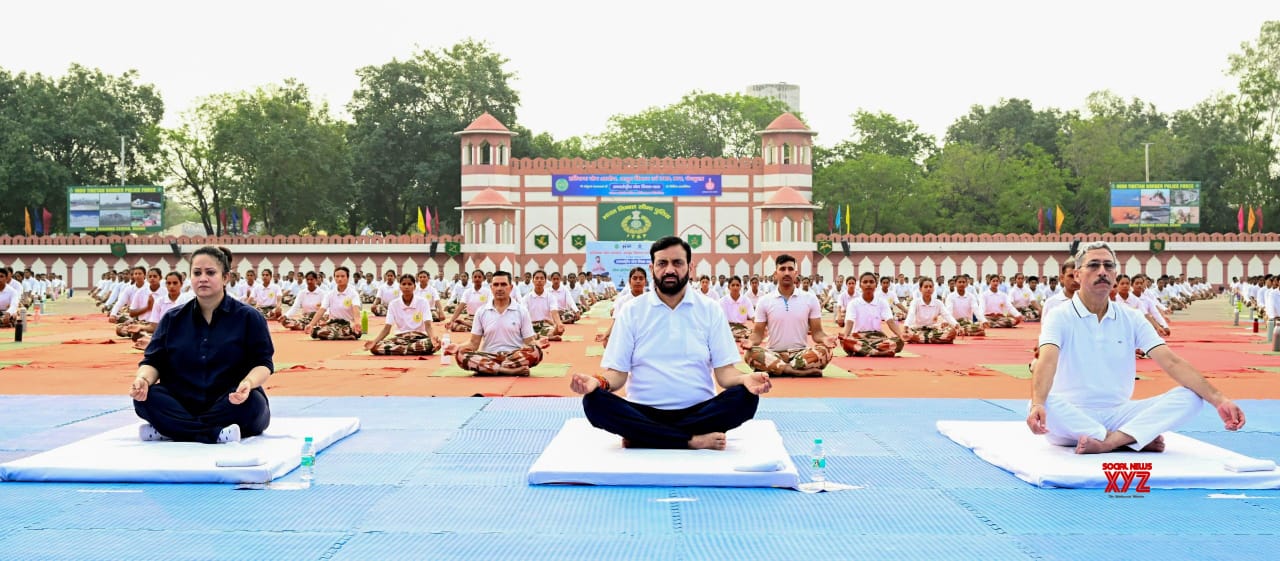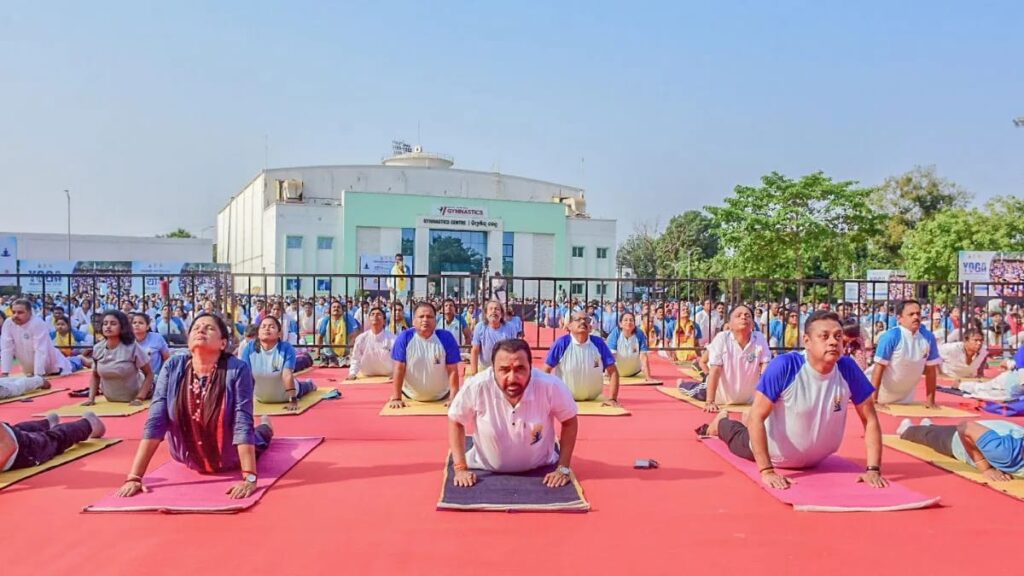
International Yoga Day 2025 was celebrated with great enthusiasm all across India. From the Himalayan valleys to the coastal towns, millions of people came together to practice yoga and spread the message of harmony, balance, and well-being. This year’s celebrations, however, were different from previous years in many ways — both in scale and intention.
Instead of just a one-day event, preparations for Yoga Day started weeks in advance. Various organizations, schools, colleges, government departments, and NGOs began awareness campaigns, yoga workshops, and training sessions across the country. From city parks to village fields, yoga mats were laid out and instructors were ready to guide participants from all walks of life.
In 2025, the focus was not just on physical postures, but also on connecting yoga with lifestyle and mental well-being. Many cities organized tree plantation drives alongside yoga events to promote a healthy environment. Awareness sessions on mental health, stress relief, and addiction-free living were also conducted during the week leading up to June 21.
Haryana stood out with one of the most grand celebrations of Yoga Day. The state government actively promoted yoga at all levels, from schools to block-level offices. Special programs were held in Kurukshetra, Rohtak, Hisar, and Panchkula. One of the main events took place at the sacred Brahma Sarovar in Kurukshetra, where thousands of people gathered early in the morning to perform yoga together. The scene was filled with spiritual energy and patriotic spirit.
What made this year different in Haryana was the strong message of “Yoga Yukt, Nasha Mukt.” The campaign was aimed at motivating the youth to embrace a healthy lifestyle and stay away from substance abuse. Yoga was presented not only as a physical exercise but as a path to inner peace and discipline.
More than 11 lakh people across Haryana were expected to participate in the yoga programs organized in schools, parks, and community centers. Teachers, NCC cadets, health workers, and volunteers were trained in advance to lead these sessions effectively. Even jails and rehabilitation centers were included, where inmates were introduced to the benefits of daily yoga practice.
At the national level, Yoga Day 2025 saw record-breaking participation. Several universities attempted to gather large numbers of students and staff in synchronized yoga routines. Online sessions were also held for people who couldn’t join physically due to health or location barriers.

The overall approach this year showed that Yoga Day is no longer just about making headlines or setting records. It has become a part of India’s social and cultural movement towards better health, better habits, and a more mindful way of living.
In conclusion, the 2025 celebration of International Yoga Day showed that India is moving from ritual to reality. Yoga is not just a symbol of ancient tradition, but a tool for modern transformation. And with Haryana taking bold steps to promote it across every corner of the state, it has become clear that yoga’s future lies in how we live it every day — not just how we celebrate it once a year.








